| Resin Dehumidifying Dryer Details description |
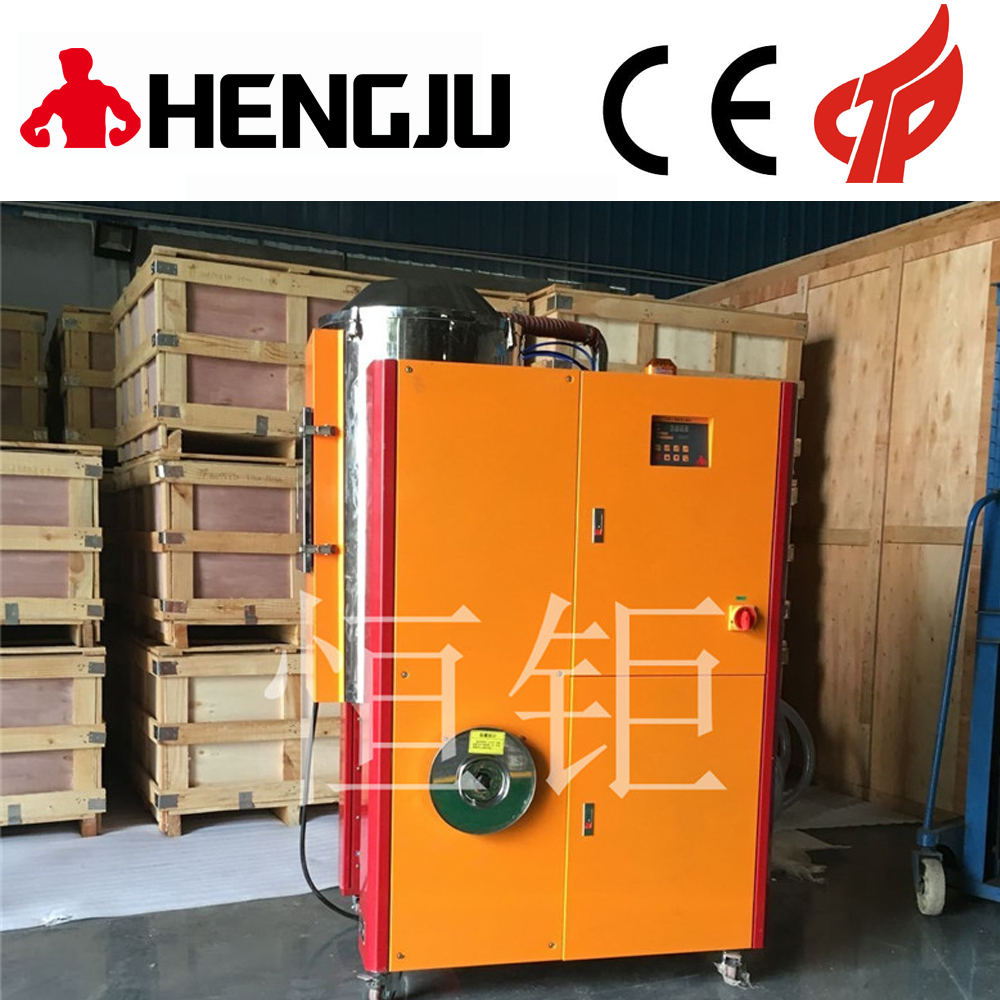 |
| product name:Resin Dehumidifying Dryer |
| release time:2020-09-16 |
| Numbering:Resin Dehumidifying Dryer -001 |
| Brand:wto-btb |
| Price:¥By function |
| weight :By function |
| unit weight:Kg/set |
manufacturer:wto-btb |
| patent:wto-btb |
| Producing country:china |
simple description:Resin Dehumidifying Dryer, Plastic Dehumidifying Dryer,Dehumidifying Dryer ,
This is a device used to dehumidifying plastic resin to
achieve drying. For example,POM,ABS,TPE,PAL,ABS,CAB,
EVA(2),EVOH,LM(4),LCP,PA11,PA6.46.6,PAI,PAR,PBT,
PC,PC/ABS,PC/PBT,PE.HDEPE,LDPE black3%,PE.HDEPE.
LDPE black40%,PEEK,PE(1),PEN,PES,PET,PETG,PI,
PMMA,POM,PP,PPO,PPS,PS,[GPPS.EPS.HIPS],PSU,
PIT,PUR,PVC,SAN,SB,TPE,TPE,TPO,TPU,
Dehumidifier dryer and other plastic resins must be
dehumidified and dried during the production process to
improve the quality of the finished product. |
| Product alias:Resin Dehumidifying Dryer, Plastic Dehumidifying Dryer,Dehumidifying Dryer |
|
| Resin Dehumidifying Dryer Product introduction |
|
Resin Dehumidifying Dryer parameter
Resin Dehumidifying Dryer, Plastic Dehumidifying Dryer,Dehumidifying Dryer
|
Resin Dehumidifying Dryer model |
Resin Dehumidifying Dryer Loading(kg) |
Dry electric heating(KW) |
Resin Dehumidifying Dryer Fan(W) |
Resin Dehumidifying Dryer Dimensions |
Resin Dehumidifying Dryer Applicable molding machine |
|
HD-25 |
25 |
3 |
100 |
967*715*385 |
3 oz
|
|
HD-50 |
50 |
3.9 |
140 |
1150*810*449 |
5-8 oz
|
|
HD-100 |
100 |
6.2 |
350 |
1395*1010*557 |
10-30 oz
|
|
HD-150 |
150 |
7 |
750 |
1515*1200*660 |
30 oz
|
|
HD-200 |
200 |
11 |
750 |
1670*1160*752 |
60 oz
|
|
HD-300 |
300 |
18 |
1100 |
1890*1550*870 |
60 oz
|
|
HD-400 |
400 |
20 |
1100 |
2043*1550*870 |
60 oz
|
|
HD-600 |
600 |
25 |
1100 |
2543*1550*870 |
60 oz
|
| Model |
Capacity (KG) |
HeatingPower
(KW) |
Blower
(W) |
Power
(V) |
Dimensions
(HxWxD,MM) |
Approx.Net Weight
(KG) |
| HGB-6 |
6 |
1.5 |
150 |
1φ 220V |
490x490x785 |
25 |
| HGB-12 |
12 |
2 |
160 |
1φ 220V |
540x435x850 |
35 |
| HGB-25 |
25 |
3 |
150 |
1φ 220V |
605x560x1240 |
50 |
| HGB-50 |
50 |
3.9 |
160 |
3φ 380V |
706x594x1410 |
75 |
| HGB-75 |
75 |
4.2 |
240 |
3φ 380V |
751x649x1520 |
105 |
| HGB-100 |
100 |
6.2 |
240 |
3φ 380V |
817x581x1670 |
125 |
| HGB-150 |
150 |
7 |
240 |
3φ 380V |
868x710x1800 |
160 |
| HGB-200 |
200 |
11 |
300 |
3φ 380V |
995x830x1930 |
210 |
| HGB-300 |
300 |
18 |
320 |
3φ 380V |
1160x975x2280 |
330 |
| HGB-400 |
400 |
20 |
360 |
3φ 380V |
1220x990x2330 |
365 |
| HGB-500 |
500 |
22 |
750 |
3φ 380V |
1150x1045x2430 |
385 |
| HGB-600 |
600 |
24 |
750 |
3φ 380V |
1210x1070x2540 |
400 |
| HGB-800 |
800 |
30 |
1500 |
3φ 380V |
1390x1120x2730 |
600 |
| HGB-1000 |
1000 |
36 |
1500 |
3φ 380V |
1525x1425x3670 |
650 |
| HGB-1200 |
1200 |
36 |
1500 |
3φ 380V |
1600x1510x3722 |
835 |
| HGB-1500 |
1500 |
40 |
2200 |
3φ 380V |
1730x1680x3880 |
900 |
| HGB-1800 |
1800 |
45 |
2200 |
3φ 380V |
1835x1680x4060 |
1005 |
| HGB-2000 |
2000 |
45 |
2200 |
3φ 380V |
1870x1710x4415 |
1130 |
| HGB-3000 |
3000 |
50 |
3700 |
3φ 380V |
2080x1920x4520 |
1650 |
| HGB-3500 |
3500 |
50 |
3700 |
3φ 380V |
2141x1976x4863 |
2120 |
| HGB-4000 |
4000 |
60 |
3700 |
3φ 380V |
2192x2040x4936 |
2870 |
| HGB-5000 |
5000 |
60 |
5500 |
3φ 380V |
2355x2160x5120 |
3510 |
Product alias:Resin Dehumidifying Dryer, Plastic Dehumidifying Dryer,Dehumidifying Dryer ,Resin Dehumidifying Dryer |
Resin Dehumidifying Dryer Equipment principle
Resin Dehumidifying Dryer, Plastic Dehumidifying Dryer,Dehumidifying Dryer
Working principle of dehumidifying plastic dryer:
The amount of water vapor in compressed air is determined by the temperature of the compressed air: while keeping the compressed air pressure basically unchanged, lowering the temperature of the compressed air can reduce the water vapor content in the compressed air, and the excess water vapor will condense Into liquid. The freeze dryer uses this principle to use refrigeration technology to dry compressed air. Therefore, the refrigeration dryer has a refrigeration system. The refrigeration system of the freeze dryer belongs to compression refrigeration, which consists of four basic components, including a refrigeration compressor, a condenser, an evaporator, and an expansion valve. They are connected in turn by pipes to form a closed system. The refrigerant continuously circulates in the system, changes its state and exchanges heat with the compressed air and cooling medium. The dryer vaporizes and escapes the moisture in the material (generally refers to moisture or other volatile liquid components) by heating to obtain a solid material with a specified moisture content. The purpose of drying is for material use or further processing.
1. The dehumidification runner is made of ceramic fiber paper with a temperature resistance of more than 500℃. After the honeycomb runner is made by the molding machine, the silica gel is then coated between the ceramic fibers. Therefore, the dehumidification runner will not burn and Deliquescence and other issues. Because its dehumidification function uses physical rather than chemical effects, it will not produce any harmful chemical substances.
2. The dehumidification principle of the rotary dehumidifier is to use the silica gel coated on the runner to physically adsorb the moisture in the air on the porous synthetic silica gel, and then in the regeneration zone of the runner, it will be adsorbed on the silica gel. The water vapor in the hole is heated and vaporized to the inlet of the AC heat exchanger to form high temperature and high humidity air. When it passes through the heat exchanger that has been cooled by the indoor cold and humid air, the condensation water is discharged due to the difference in dew point.
Features of Dehumidifying Plastic Dryer:
◆High thermal efficiency, greatly shortening the drying time.
◆Silent fan, with oblique windows on the base, you can directly observe the inside.
◆The curved design of the electric heating cylinder avoids burning caused by the accumulation of raw material dust on the bottom of the barrel.
◆Adopt digital display thermostat to control temperature.
◆The material contact surface is all stainless steel design to ensure the material.
◆Dust isolation and silent fan can isolate dust and ensure raw materials.
◆The barrel base is designed with a viewing window to directly observe the internal working conditions.
◆The bend-shaped design of the heating tube of the up-blowing dryer avoids damage to the heating tube caused by the material falling into the barrel.
◆Using a high-performance hot air diffusion device that evenly disperses hot air to keep the plastic drying temperature uniform and increase drying efficiency.
◆Each model can be equipped with timing device. Resin Dehumidifying Dryer It adopts double condenser structure to ensure lower return air temperature and dew point.
1. Resin Dehumidifying Dryer Adopt P.I.D temperature control system, which has regeneration temperature setting and actual temperature display screen.
2. Adjustable rotating speed control of honeycomb wheel.
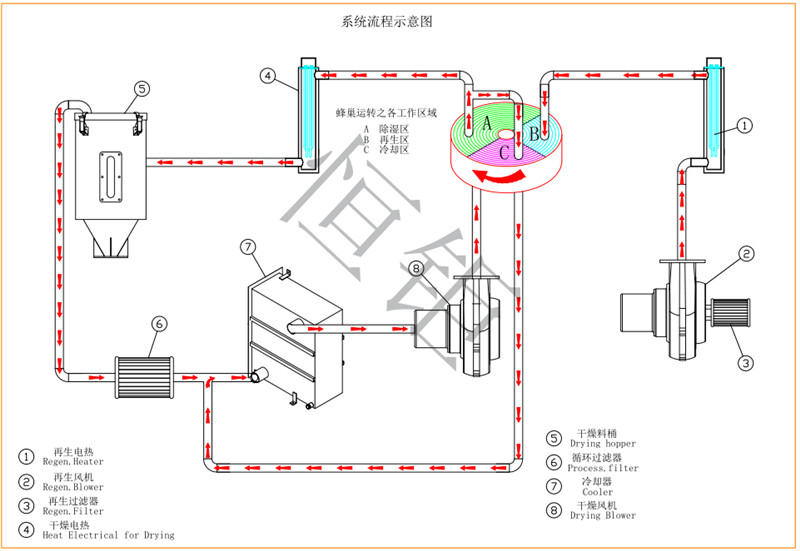
3. The honeycomb can reach a dew point of -40°C, and can reach a dew point of -50°C or even lower when the configuration is enhanced.
4. Optional PLC control with LCD touch man-machine interface.
5. Dew point meter that can monitor the dehumidification effect of the machine at any time is optional.
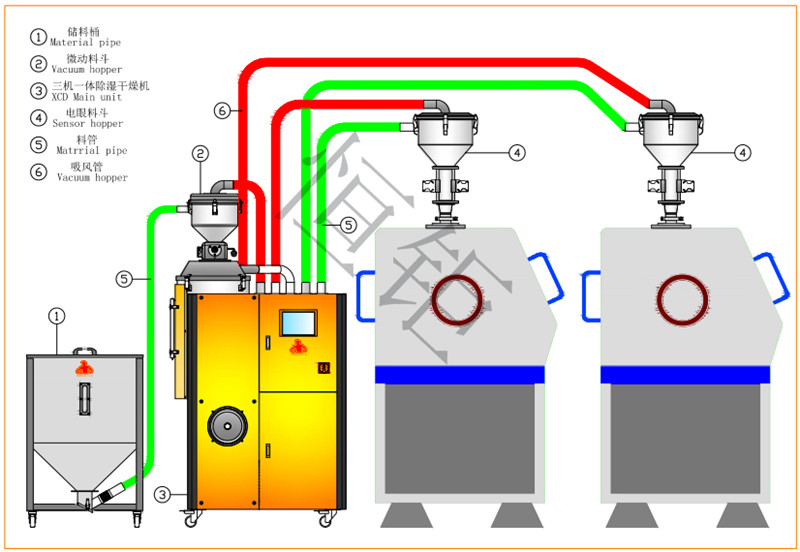
6. The machine occupies a small area and is easy to move, and the machine can be replaced at will.
Product alias:Resin Dehumidifying Dryer, Plastic Dehumidifying Dryer,Dehumidifying Dryer |
Resin Dehumidifying Dryer application
Resin Dehumidifying Dryer In the plastics processing industry, products appear shrinkage, silver streaks, bubbles, cracks, flow marks, poor transparency, etc. The main reason for these poor quality is that the plastics are not sufficiently dried before they are formed. Engineering plastics such as : PA, PET, PC, PBT, CA and other highly hygroscopic raw materials, due to the penetration of water into the plastic particles, the traditional hot air dryer can not make it completely dry. Practice has proved that reducing the dew point of the drying wind to below -40°C while controlling the heat to blow it over the surface of the moisture-containing plastic particles can reduce its moisture content to below 0.02% before molding. The three-in-one dehumidification dryer is airtight. The circulatory system fully dehumidifies and heats the air, and the dry air quickly completely separates the moisture in the plastic particles to achieve the effect of dehumidification and drying.
The plastic dryer is the most effective and economical scale for drying plastic raw materials. It can dry raw materials placed for packaging, transportation or recycling.
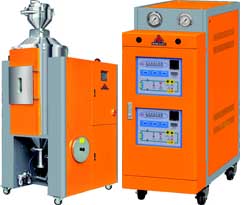
The hopper is made of stainless steel, with the functions of "blowing down hot air" and "cyclone exhaust", as well as double-layer insulation barrels. It is particularly suitable for use with a dehumidifier as raw material for drying engineering plastics.
1. Using P.I.D temperature control system, precise temperature control;
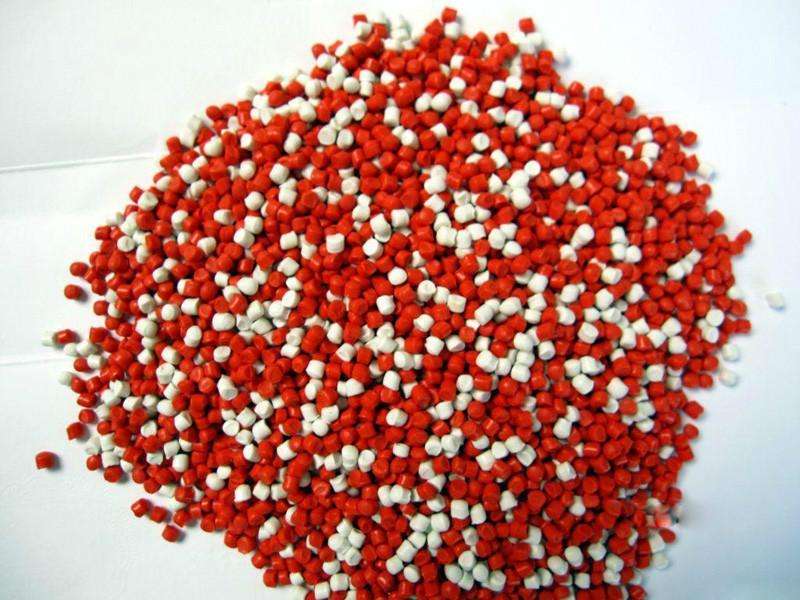
2. The unique downward blowing air duct design can evenly disperse the hot air, keep the plastic dry, keep the temperature stable, and improve the drying efficiency;
3. Stainless steel double-layer insulation material barrel with sight window;
4. Widely available GHD-40U and above models are equipped with an openable sight door;
5. Thermal overload protection device, safe and reliable;
6. Novel appearance and bright appearance;
The air blown by the drying fan becomes high-temperature dry air after drying and electric heating. Through the unique lower blowing pipe design, the hot air is evenly dispersed in the insulation barrel to dry the raw materials; a hot air recovery device is optional, and the air blown out is filtered and then dried The wind blows out, forming a closed loop.
1. Foundry industry:
In this process, the wax mold is repeatedly immersed in the clay. These outer layers form the mold. When the wax is melted, the molten metal can be poured into it. Dry air (very low vapor pressure) is better than others. The heating source is more commonly used to dry the clay layer, because the dry air will not deform the wax mold. The use of a hygroscopic dehumidifier can stabilize the operating cost of foundries in the foundry industry and increase the production volume without slowing down the production pace in the wet months, and the process drying time can be shortened by 50%.
2. Dehumidification and drying of plastic raw material resin:
All plastic raw material resins have a certain degree of hygroscopicity. When the plastic raw material particles are extruded, the moisture is heated and evaporated by the plastic raw material dehumidifier. These vapors will cause cracks in the structure and appearance of the plastic material. The desiccant dryer can reduce the humidity in the plastic raw materials and improve the quality of the finished product.
Resin Dehumidifying Dryer ;This is a device used to dehumidifying plastic resin to achieve drying. For example,
POM,ABS,TPE,PAL,ABS,CAB,EVA(2),EVOH,LM(4),LCP,PA11,PA6.46.6,PAI,PAR,PBT,
PC,PC/ABS,PC/PBT,PE.HDEPE,LDPE black3%,PE.HDEPE.LDPE black40%,PEEK,PE(1),
PEN,PES,PET,PETG,PI,PMMA,POM,PP,PPO,PPS,PS,[GPPS.EPS.HIPS],PSU,PIT,PUR,
PVC,SAN,SB,TPE,TPE,TPO,TPU,
Dehumidifier dryerand other plastic resins must be dehumidified and dried during the production process to improve the quality of the finished product.
Product alias:Resin Dehumidifying Dryer, Plastic Dehumidifying Dryer,Dehumidifying Dryer ,Resin Dehumidifying Dryer |
Resin Dehumidifying Dryer Precautions
Resin Dehumidifying Dryer, plastic Dehumidifying Dryer,Dehumidifying Dryer The factors affecting the drying effect are:
Drying temperature: Heat is the key to open the force between water molecules and hygroscopic polymer. When the temperature is higher than a certain temperature, the attraction between water molecules and polymer chains will be greatly reduced, and the water vapor will be taken away by the dry air.
Dew point: In the dryer, the humid air is first removed to make it contain very low residual moisture (dew point). Then, heat the air to lower its relative humidity. At this time, the vapor pressure of dry air is low. By heating, the water molecules inside the particles get rid of the binding force and diffuse to the air around the particles.
Time: In the air around the particles, it takes a certain time for the absorption of heat and the diffusion of water molecules to the surface of the particles. Therefore, the resin supplier should specify the time it takes for a material to be effectively dried at the appropriate temperature and dew point.
Airflow: The dry hot air transfers heat to the particles in the drying silo, removes moisture on the surface of the particles, and then sends the moisture back to the dryer. Therefore, there must be enough airflow to heat the resin to the drying temperature and maintain this temperature for a certain period of time.
When the problem of poor drying occurs, the problem should be found from the following three aspects:
1. Condition of the dryer
When inspecting the dryer, pay special attention to the air filter and hose. A clogged filter or a squashed hose will reduce airflow, thereby affecting the operation of the dryer;
A damaged filter will contaminate the desiccant and inhibit its moisture absorption capacity; a broken hose may introduce moist ambient air into the dry air flow, causing the desiccant to prematurely absorb moisture and high dew point; hoses and desiccants with poor insulation The bin also affects the drying temperature.
2. Dry air circuit
In the drying air circuit, the drying temperature should be detected at the entrance of the silo to compensate for the heat loss of the dryer in the hose. The low air temperature at the inlet of the silo may be due to improper adjustment of the controller and lack of insulation, or malfunction of the heater element, heater contactor, thermocouple or controller. In addition, it is also important to monitor the drying temperature at various locations during the entire drying process and observe temperature fluctuations when the desiccant is replaced.
If the material is not properly dried after coming out of the dryer, check whether the drying silo has enough space to provide sufficient and effective drying time. The effective drying time refers to the time the particles are actually exposed to the appropriate drying temperature and dew point. If the particles stay in the silo for insufficient time, they will not get proper drying. Therefore, attention should be paid to the size and shape of pellets or crushed materials, as they will affect the bulk density and residence time of the dried materials.
A kinked hose or a clogged filter can restrict airflow and affect the performance of the dryer. Therefore, if you check the dryer and find no such problems, you cannot judge whether the airflow is sufficient. Here, there is a quick, simple and accurate method to detect whether the airflow of the dryer is sufficient, that is, to measure the vertical temperature curve of the material in the drying silo.
Assume that the drying time recommended by the material supplier is 4h and the processing capacity is 100lb/h (1lb=0.4536Kg). To determine whether the airflow of the dryer is sufficient, you can measure the temperature curve in the drying silo. Here, pay special attention to the temperature at 4h (400lb). If the temperature at the 400lb material level in the dry silo reaches the set value, then the air flow can be considered sufficient.
If only the material at 1h, 2h or 3h in the drying silo is fully heated, it means that the air flow cannot complete the heating and drying of the material at the predetermined yield. Insufficient heating may indicate that the drying silo is too small for this rate of production, or the airflow is restricted due to clogged filters or damaged hoses. Excessive air volume can cause problems, which not only wastes energy, but also causes high return air temperature and destroys the performance of the desiccant.
The return air filter can prevent the filamentous material from polluting the desiccant and affect its moisture absorption performance. These filters must be kept clean to ensure adequate airflow.
When the dry air comes out of the top of the dryer, most of the heat has been released. When the desiccant temperature is in the range of 120oF to 150oF, most dryers can work efficiently. If the return air overheats the desiccant, it will reduce its ability to absorb moisture in the dry air.
Always check the return air temperature of the dryer. When the return air temperature is high, it may indicate that the size of the dryer is too large for the productivity, or the temperature of the material entering the drying silo is high. For example, PET has crystallized before drying, or only certain materials (such as PET ) The drying temperature is higher than the normal temperature range. In order to prevent the return air temperature from becoming high, as long as a heat exchanger is installed on the return air path, the desiccant can effectively remove the moisture in the dry air.
3. Regeneration and cooling of desiccant
The moisture absorption capacity of the desiccant is limited, so the moisture absorbed by it must be removed by regeneration. The process is: when the ambient air is sucked in, it enters the blower through a filter, and then is sent to a set of heaters. The heated air passes through the desiccant bed. When the temperature of the desiccant rises, the adsorbed moisture is released. When the hot air is saturated with water vapor, it is discharged into the atmosphere. The high-temperature regenerated desiccant must be cooled before returning to the drying loop to restore the moisture absorption function of the desiccant.
Dew point readings can help find some problems, so the dew point of dry air should be monitored throughout the drying process. The dew point reading during normal operation of the dryer should be a straight line in the range of 20oF to 50oF. Of course, small fluctuations caused by replacing the desiccant are normal. If the dryer is operating normally, the dew point at the dry air inlet should be at least 30oF lower than the dew point at the return air outlet.
On the other hand, after the desiccant is replaced, the dew point immediately peaks, indicating that the desiccant is not sufficiently cooled before being put in, making it unable to absorb moisture well. After cooling, the dew point of the desiccant will drop to the normal standard. If the desiccant is not properly cooled, it will cause the temperature to peak, and the sudden temperature change will reduce the desiccant's ability to dry heat-sensitive materials such as ionomers, amorphous polyester and certain nylon grades.
If the dew point reading is normal after the desiccant bed is replaced, but the dew point rises rapidly before the end of the drying cycle of the desiccant, it means that the ambient air may have entered the closed air circuit, causing the desiccant to absorb moisture prematurely. Another possibility is that the regeneration of the desiccant is incomplete or contaminated. If the dew point reading is close to the return air dew point reading, it indicates that the regeneration air circuit is completely ineffective or the desiccant is seriously polluted.
Resin Dehumidifying Dryer Maintenance:
1. Resin Dehumidifying Dryer Check the parts regularly, 1-2 times a month. The inspection items are whether the worm, bearing, shaft seal and other movable parts are flexible in rotation and wear. Any defects should be repaired in time for normal use.
2.Resin Dehumidifying Dryer Electrical control parts should be kept clean and sensitive, and faults should be repaired in time.
3.Resin Dehumidifying Dryer When one use is completed or work is stopped, the remaining materials should be taken out of the plastic drying and mixing machine, and the remaining powder in each part of the machine should be cleaned. If it is out of service for a long time, the machine must be wiped clean and covered with a tarp cloth.
4.Resin Dehumidifying Dryer When assembling and disassembling the mixing paddle of the plastic drying color mixing machine, it should be disassembled, steadily installed, and handled gently to avoid deformation and damage.
Correct operation for Resin Dehumidifying Dryer :![Resin Dehumidifying Dryer ,Resin Dehumidifying Dryer, Plastic Dehumidifying Dryer,Dehumidifying Dryer ,POM,ABS,TPE,PAL,ABS,CAB,EVA(2),EVOH,LM(4),LCP,PA11,PA6.46.6,PAI,PAR,PBT,PC,PC/ABS,PC/PBT,PE.HDEPE,LDPE black3%,PE.HDEPE.LDPE black40%,PEEK,PE(1),PEN,PES,PET,PETG,PI,PMMA,POM,PP,PPO,PPS,PS,[GPPS.EPS.HIPS],PSU,PIT,PUR,PVC,SAN,SB,TPE,TPE,TPO,TPU,Resin Dehumidifying Dryer](/d/file/p/2020/09-16/57d5414afea07dd9d9cd8c24e2213205.jpg) 1. Before starting up, check the power distribution of all equipment and pipelines before work. If there are hidden dangers, remove them and deal with them in time.
2. Clean the air inlet filter of the heater.
3. When the temperature of the imported heat transfer oil of the main engine rises to 100-120℃, the induced air can be started.
4. The inlet temperature of the cloth bag can reach 70℃ or higher, which can be opened for stirring, stirring, and the number of rotations is appropriate.
5. Air pressure: main machine inlet 6-10Mpa, cloth bag inlet, main machine outlet 20-26Mpa, cloth bag outlet 36-40Mpa.
6. Unloading will start within 15 minutes when the machine is turned on and the unloading cannot be stopped for any reason, until the material in the bag box is unloaded after the machine stops.
7. Each shift must have a special person to watch the instrument on the panel, and if there is an abnormality, and find it out in time, the watcher can not leave without authorization until the machine stops.
8. The feeding personnel should carefully observe the material during feeding to avoid foreign matter in the material and cause accidents.
9. In normal work, the temperature of the heat transfer oil inlet cannot exceed 250°C, otherwise it will be opened and closed immediately to cool down.
10. When you hear noise in the host during work, stop it immediately, open the side door of the host, cool down and use a magnetic stick or touch it to clean out the foreign objects.
11. When the power is cut off during work, immediately close the thermal oil valve, open and close, and open the side door of the main engine to cool down.
12.Resin Dehumidifying Dryer When the power is cut, the cloth bag should be cleaned first. When the induced air is turned on, open the side door of the main unit to observe whether there is sparks. If necessary, spray with water (mist).
13. If there is a sudden change in the radiator oil bag pipeline (severe oil leakage, fire, etc.), the main oil guide valve should be closed immediately, and on-site fire fighting should be carried out immediately, and the boiler should be notified to cool down.
14. If sparks and explosions are found on the main engine and the bag box, immediately stop the induced air, open the closed valve, and close the valve of the main oil pipeline.
15. When you find sparks in the bag, take the time to unwind the material that is on fire, flush the bag with water, and control the amount of water to prevent the bag from being damaged even if the water level is too high.
16. Resin Dehumidifying Dryer Operators must keep a clear head when they are on the job, and keep patrolling and checking and not leaving the job without permission.
1. Before starting up, check the power distribution of all equipment and pipelines before work. If there are hidden dangers, remove them and deal with them in time.
2. Clean the air inlet filter of the heater.
3. When the temperature of the imported heat transfer oil of the main engine rises to 100-120℃, the induced air can be started.
4. The inlet temperature of the cloth bag can reach 70℃ or higher, which can be opened for stirring, stirring, and the number of rotations is appropriate.
5. Air pressure: main machine inlet 6-10Mpa, cloth bag inlet, main machine outlet 20-26Mpa, cloth bag outlet 36-40Mpa.
6. Unloading will start within 15 minutes when the machine is turned on and the unloading cannot be stopped for any reason, until the material in the bag box is unloaded after the machine stops.
7. Each shift must have a special person to watch the instrument on the panel, and if there is an abnormality, and find it out in time, the watcher can not leave without authorization until the machine stops.
8. The feeding personnel should carefully observe the material during feeding to avoid foreign matter in the material and cause accidents.
9. In normal work, the temperature of the heat transfer oil inlet cannot exceed 250°C, otherwise it will be opened and closed immediately to cool down.
10. When you hear noise in the host during work, stop it immediately, open the side door of the host, cool down and use a magnetic stick or touch it to clean out the foreign objects.
11. When the power is cut off during work, immediately close the thermal oil valve, open and close, and open the side door of the main engine to cool down.
12.Resin Dehumidifying Dryer When the power is cut, the cloth bag should be cleaned first. When the induced air is turned on, open the side door of the main unit to observe whether there is sparks. If necessary, spray with water (mist).
13. If there is a sudden change in the radiator oil bag pipeline (severe oil leakage, fire, etc.), the main oil guide valve should be closed immediately, and on-site fire fighting should be carried out immediately, and the boiler should be notified to cool down.
14. If sparks and explosions are found on the main engine and the bag box, immediately stop the induced air, open the closed valve, and close the valve of the main oil pipeline.
15. When you find sparks in the bag, take the time to unwind the material that is on fire, flush the bag with water, and control the amount of water to prevent the bag from being damaged even if the water level is too high.
16. Resin Dehumidifying Dryer Operators must keep a clear head when they are on the job, and keep patrolling and checking and not leaving the job without permission.
Product alias:Resin Dehumidifying Dryer, Plastic Dehumidifying Dryer,Dehumidifying Dryer ,Resin Dehumidifying Dryer |
|
|




 +8613669807274
+8613669807274
 +8613669807274
+8613669807274 wto-btb@wto-btb.com
wto-btb@wto-btb.com Tel: +8613669807274
Tel: +8613669807274 SMS: +8613669807274
SMS: +8613669807274




















